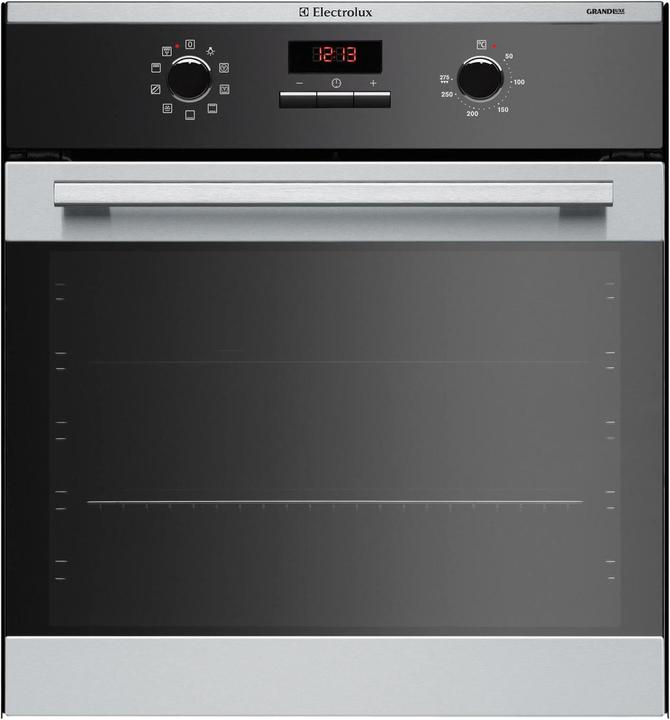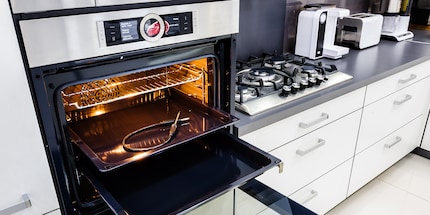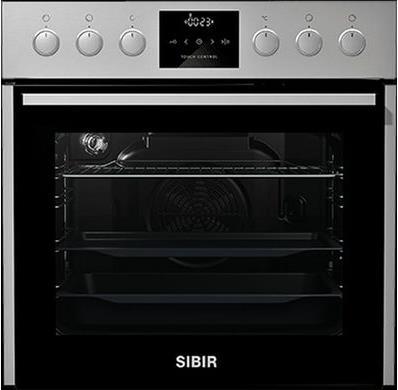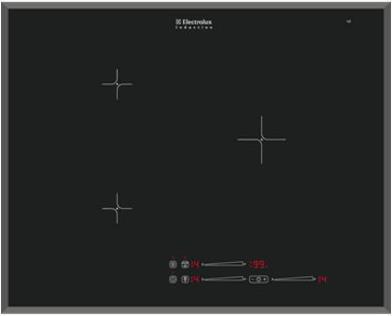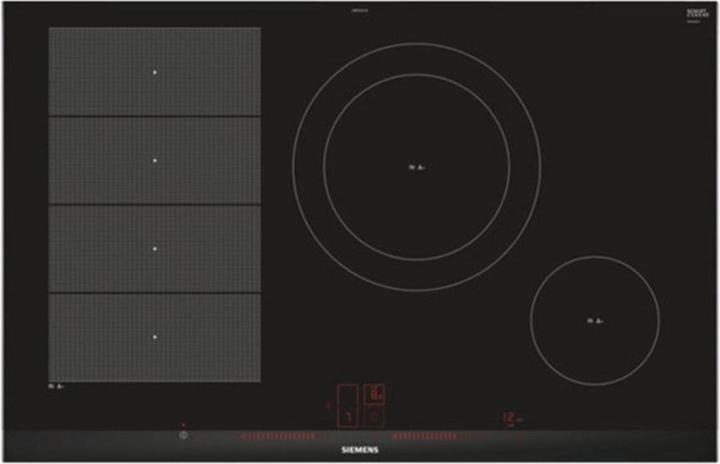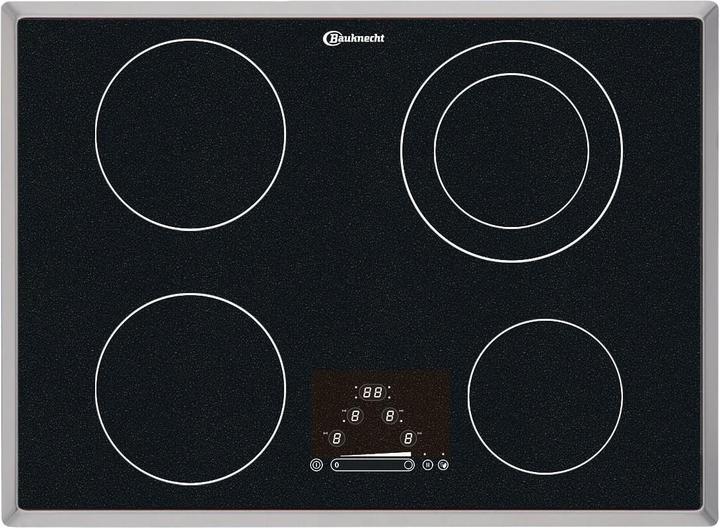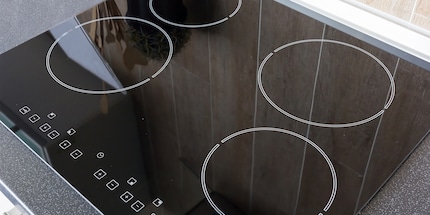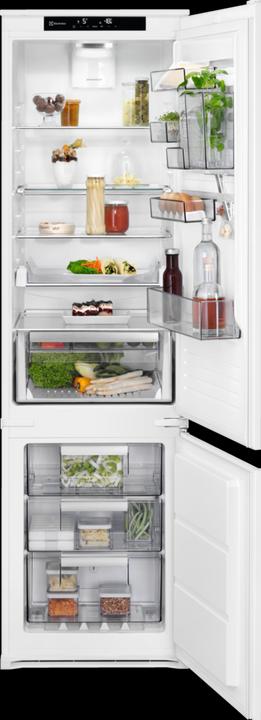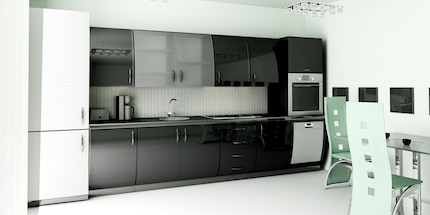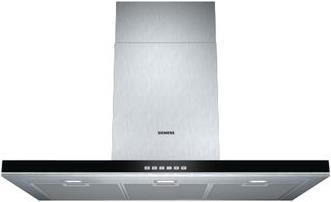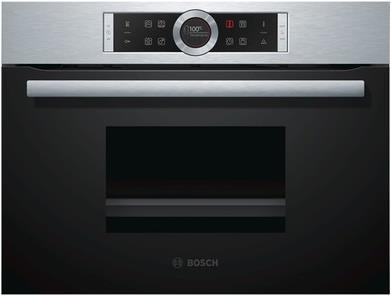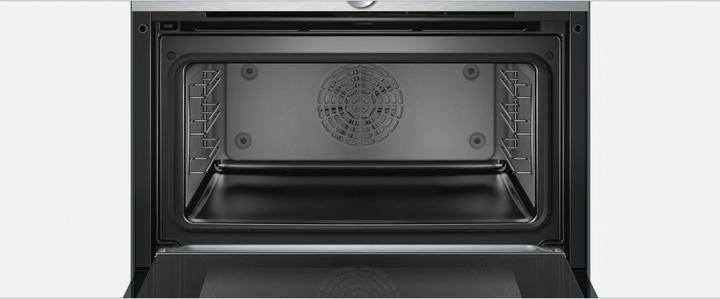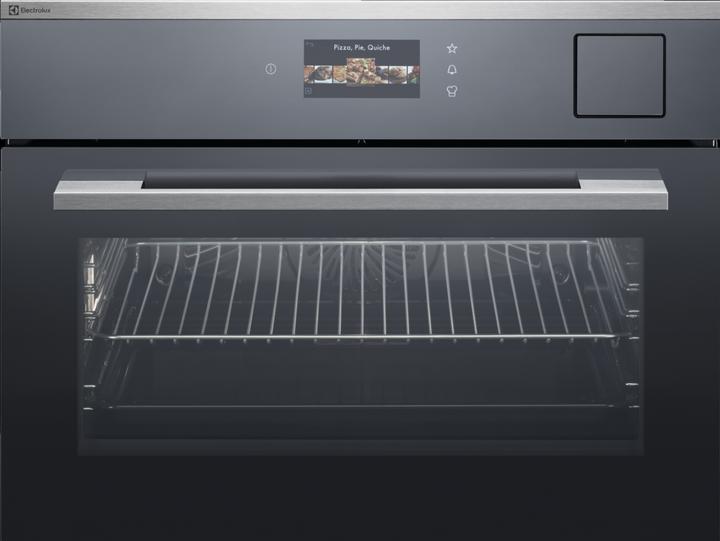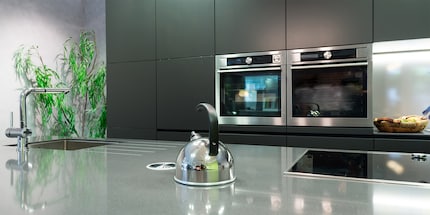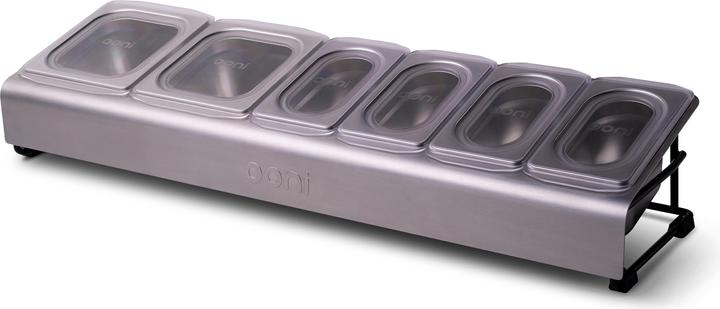
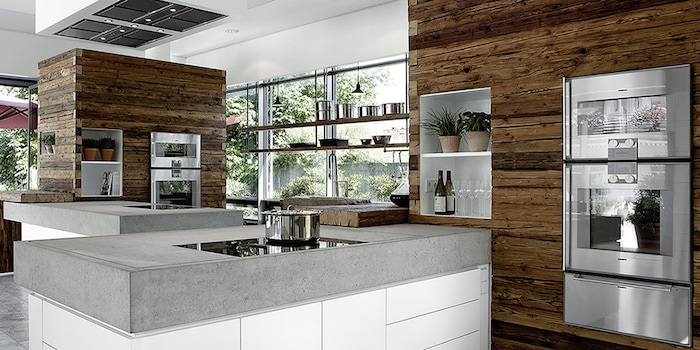
What you should look out for when buying built-in kitchen appliances
You've decided to buy a built-in appliance for your kitchen. But you don't know exactly what to look out for? Then you've come to the right place. I'll show you the most important points so that you can enjoy your new appliances for as long as possible.
Do the connections fit? What are the standards and what dimensions are required? What installation types are available? And what about the decorative fronts? All these questions come up as soon as you start looking at built-in kitchen appliances. If you've lost track, I'll help you and tell you what's important.
Built-in ovens
You can find all built-in ovens here.
Built-in hobs
You can find all built-in hobs here.
Built-in hobs and glass ceramic hobs
You can find all built-in hobs and glass ceramic hobs here.
Built-in dishwasher
You can find all built-in dishwashers here.
Built-in fridges
You can find all built-in fridges here.
Vapour extraction hoods
You can find all extractor bonnets here.
Built-in steamer
You can only install a steamer directly above an oven if it does not have an integrated extractor hood. Otherwise, you must place the steamer under the oven or in another location. Steam cookers can generally be placed in the base unit or in the larder unit. Here too, models are available with and without a drawer and in widths of 55 cm (CH standard) and 60 cm (EU standard).
You can find all built-in steamers here.
When I'm not stuffing my face with sweets, you'll catch me running around in the gym hall. I’m a passionate floorball player and coach. On rainy days, I tinker with my homebuilt PCs, robots or other gadgets. Music is always my trusted companion. I also enjoy tackling hilly terrain on my road bike and criss-crossing the country on my cross-country skis.
Practical solutions for everyday problems with technology, household hacks and much more.
Show all
